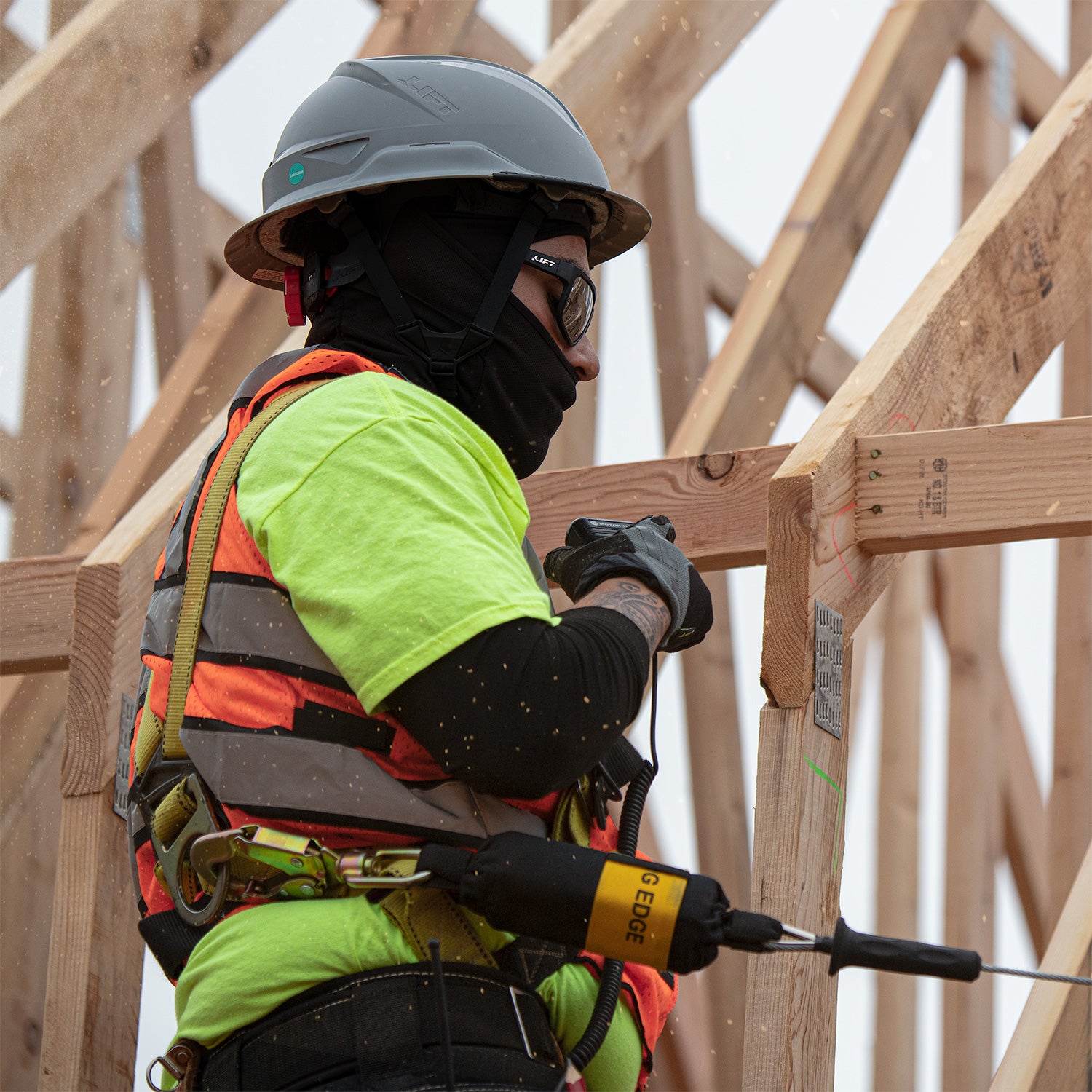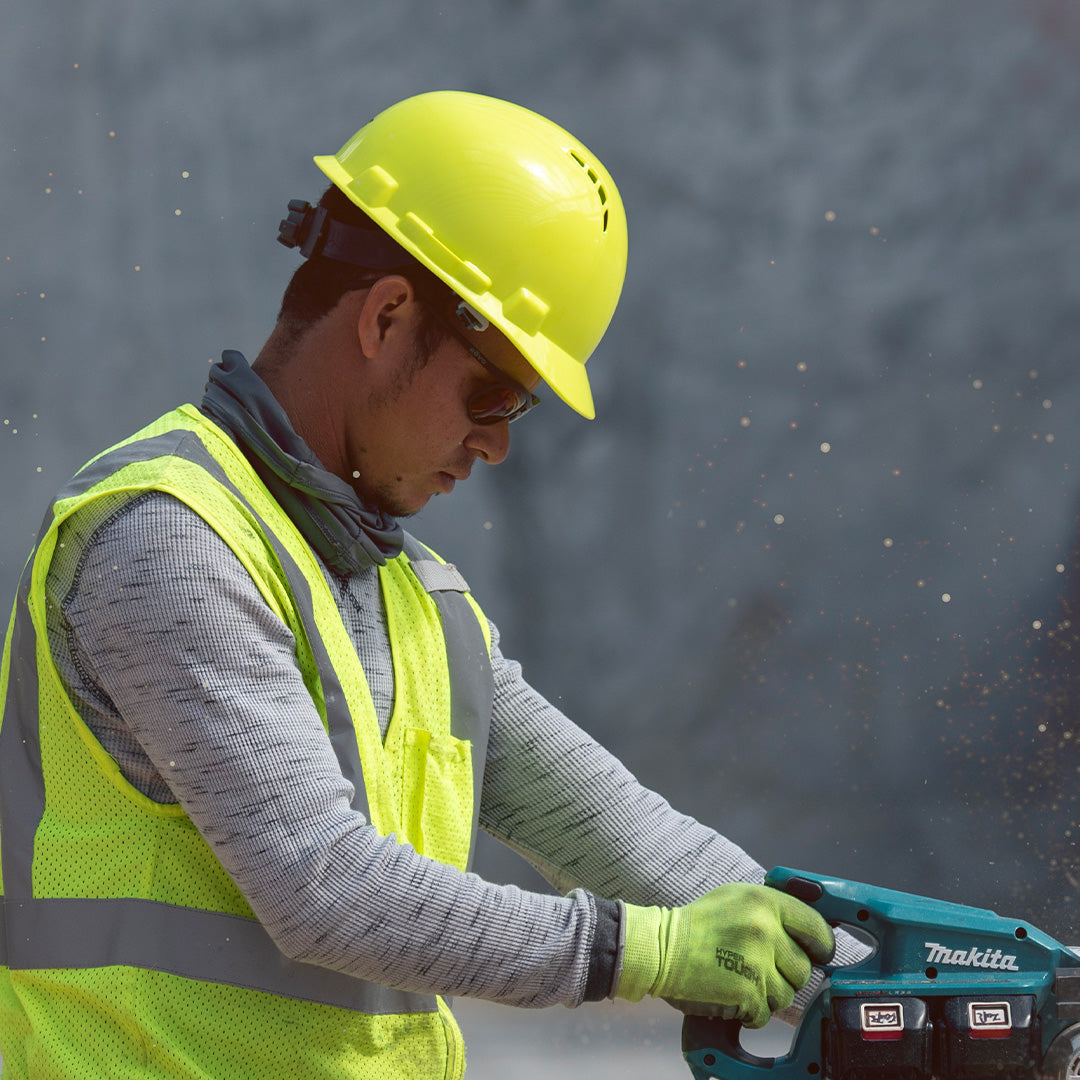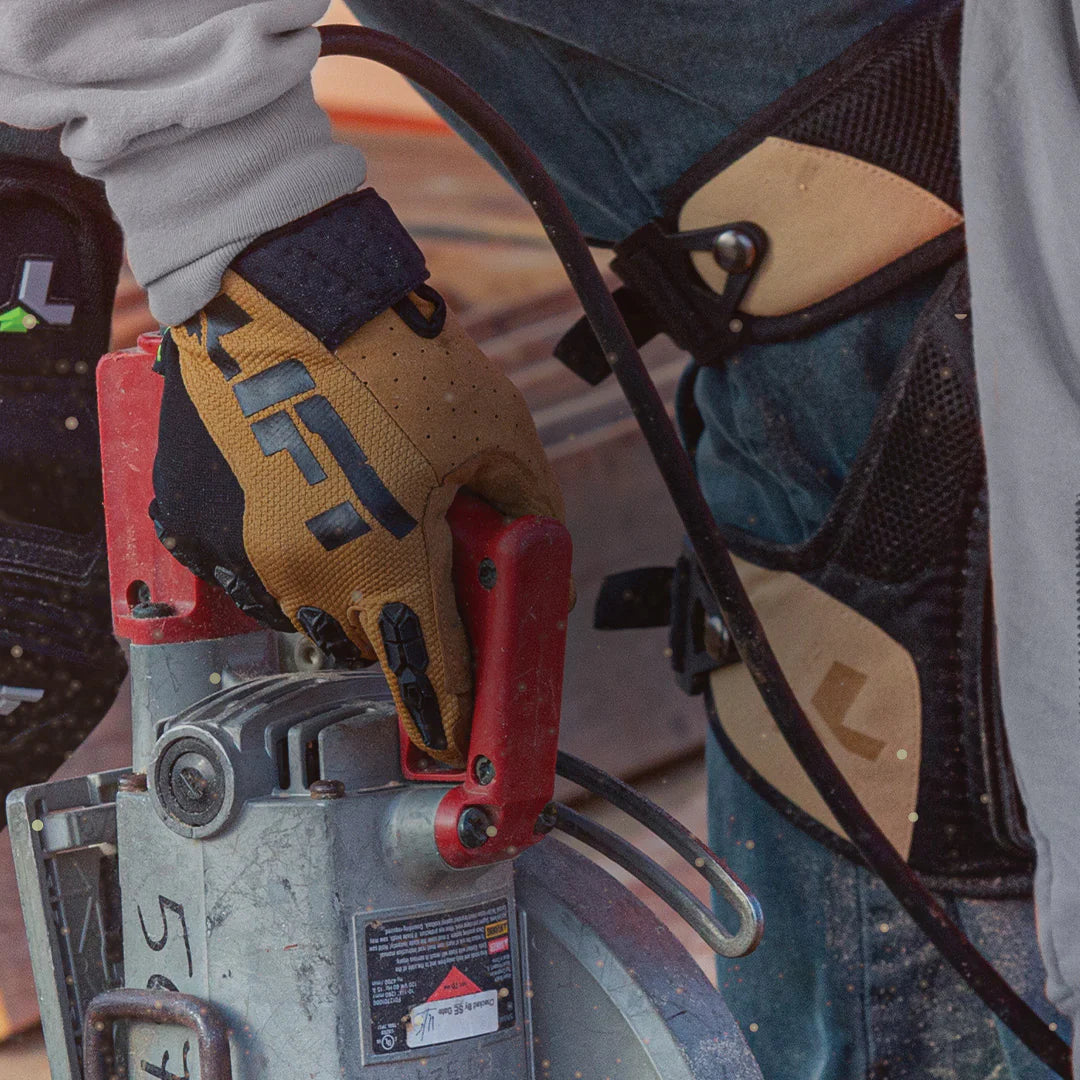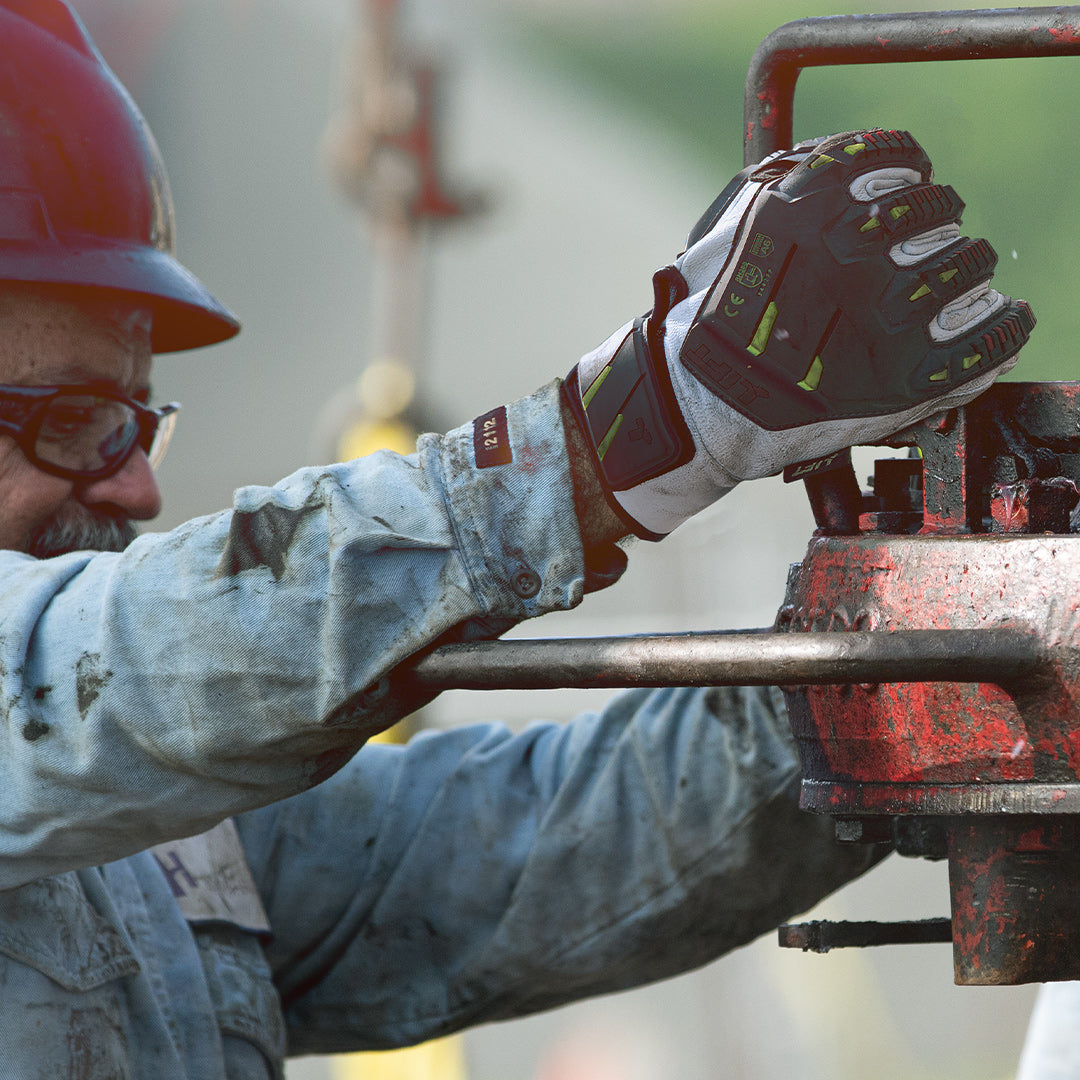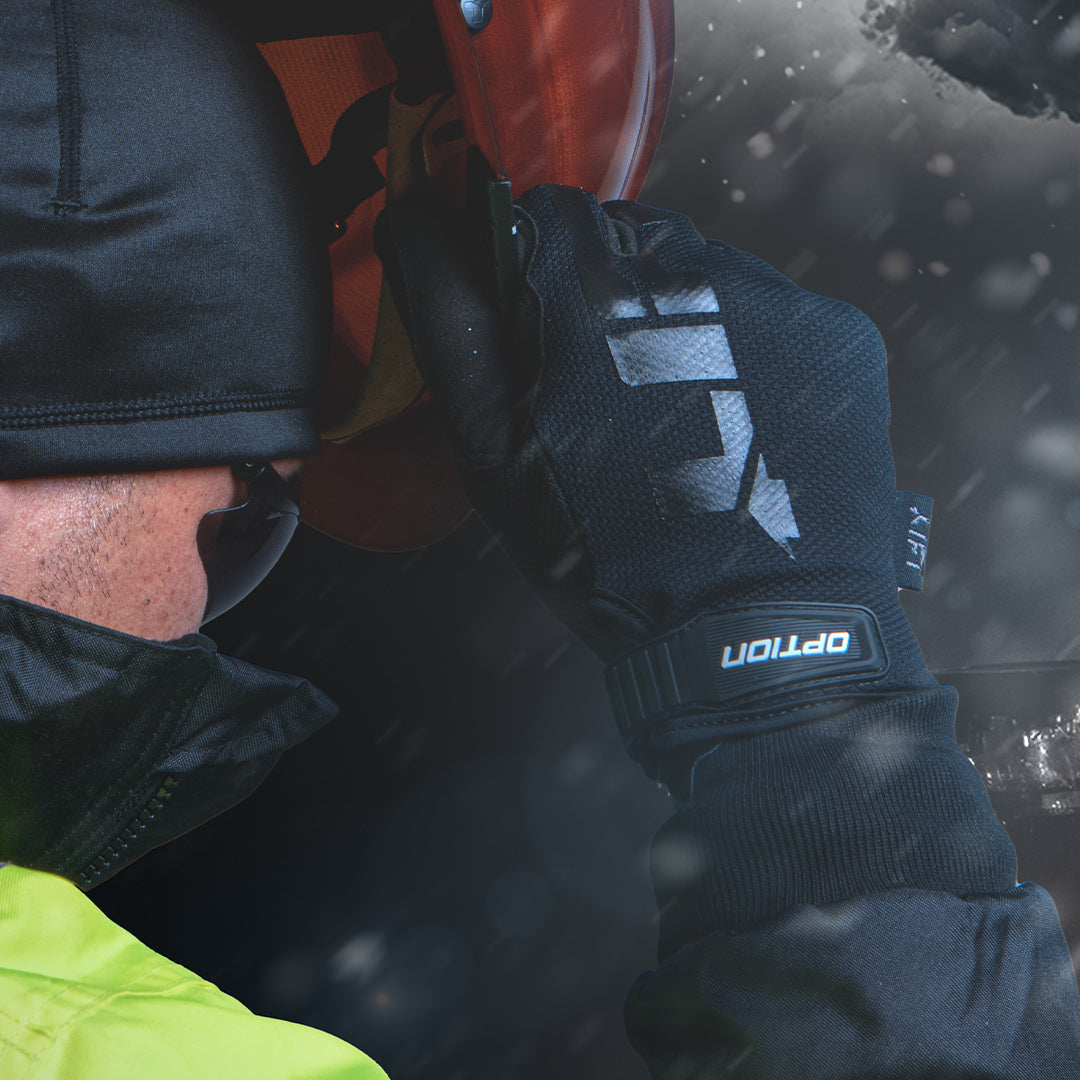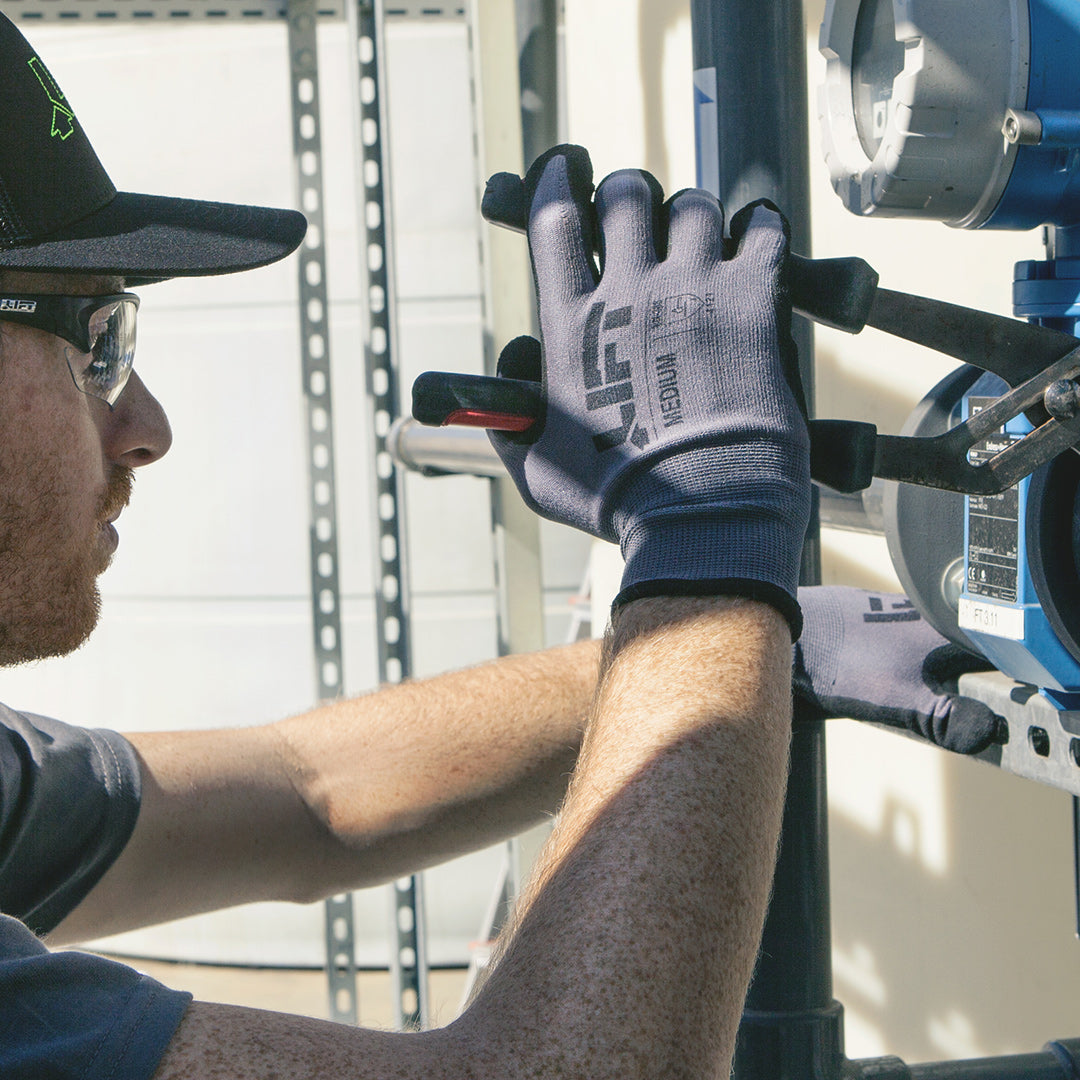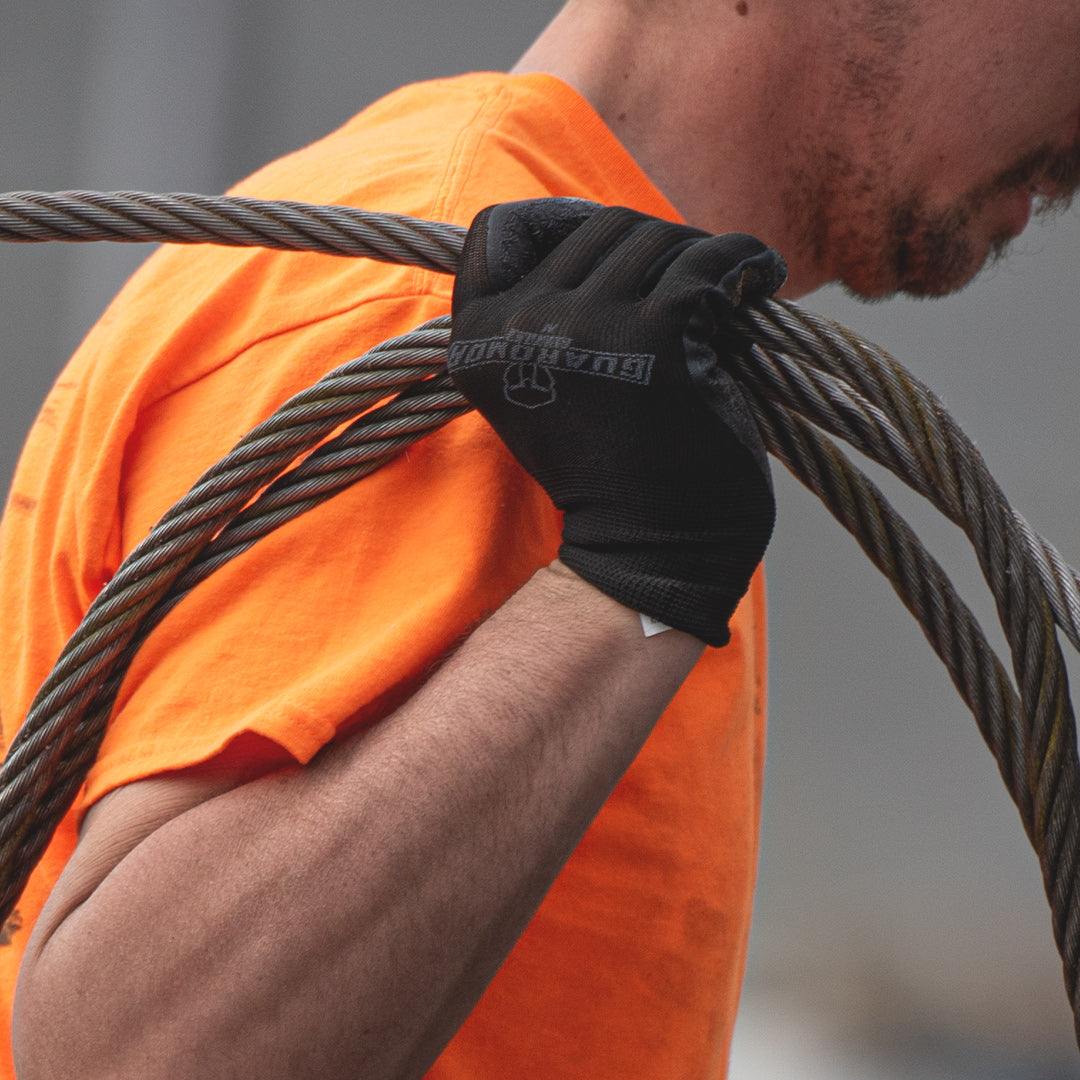Cut & Impact Certifications
Cut Resistant Levels Explained
You know you need cut resistant gloves, but how do you compare one pair of gloves to another? How do you know which glove has the right level of cut resistance for you?
To solve this problem, organizations in both the US and Europe have outlined industry standards for cut resistance in gloves.
Knowing how to read these standardized cut resistance ratings is the best way to make sure you get the level of hand protection you need. Here’s what you need to know:
Different Cut Resistance Levels
When you’re buying gloves, it’s helpful to understand both US and European cut resistance classification systems. Many gloves sold in the US will show both.
-
- In the US, the American National Standards Institute (ANSI) provides cut resistance ratings for gloves.
- In Europe, the European Commission regulates cut resistance ratings. Their standard is called EN 388.
The American Standard: ANSI/ISEA 105
In 2016 ANSI and ISEA (International Safety Equipment Association) released an updated scale with 9 levels of cut protection. The levels indicate how many grams of cutting load a glove can withstand from a sharp blade before being penetrated.
-
- A1: 200 - 499 grams
- A2: 500 - 999 grams
- A3: 1000 - 1499 grams
- A4: 1500 - 2199 grams
- A5: 2200 - 2999 grams
- A6: 3000 - 3999 grams
- A7: 4000 - 4999 grams
- A8: 5000 - 5999 grams
- A9: 6000+ grams
When you’re looking at glove specifications, the ANSI cut level will be displayed inside a badge that resembles a shield. It looks like this:

The European Standard: EN 388
The European Commission’s standard includes two different cut resistance tests: the TDM-100 Test (the same machine that ANSI uses) and the Coup Test. That means, when looking at EN 388 cut levels for any glove you’re considering purchasing, you’ll want to look at these two different ratings:
EN 388 TDM-100 Cut Resistance Levels:
-
- A: 2 - 4.9 newtons (204 - 508 grams)
- B: 5 - 9.9 newtons (509 - 1019 grams)
- C: 10 - 14.9 newtons (1020 - 1529 grams)
- D: 15 - 21.9 newtons (1530 - 2242 grams)
- E: 22 - 29.9 newtons (2243 - 3058 grams)
- F: 30+ newtons (3059+ grams)
Note: Keep in mind that, due to different testing methods, ANSI and EN 388 ratings don’t always match up the way you’d expect them to based on the cutting load.
EN 388 Coup Test Levels:
Coup Test results are more complicated. A glove is assigned a cut level of 0 to 5 (with 5 being the most cut resistant) based on the material’s “cut index.” The cut index is a ratio that compares the material’s cut resistance to the cut resistance of cotton fabric.
One of the issues with the Coup Test is that certain materials (like glass and steel) can cause the Coup Test blade to dull during the test, which results in less accurate ratings. That’s why you may not see a Coup Test number when looking at certain gloves. In that case, just look at the TDM rating instead.
Here’s more information on how to read EN 388 markings and where to look for the cut level ratings.

Look at the numbers and letters along the bottom. The X signifies that there is no Coup Test result. You can also see that this glove received a D rating on its TDM-100 Test.In case you’re interested, the other numbers and letters represent ratings for other protective factors. Here’s what each one means (left to right):
-
- 3: Abrasion rating
- X: Cut (Coup Test) rating
- 4: Tear rating
- 4: Puncture rating
- D: Cut (TDM-100) rating
- P: Impact protection rating (P means it passed the impact protection test, which is a pass/fail test)



